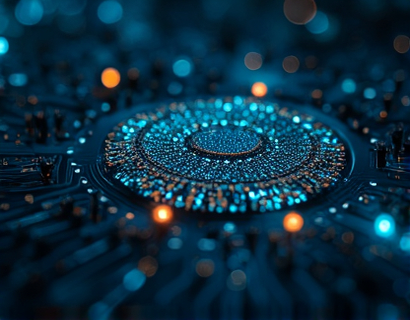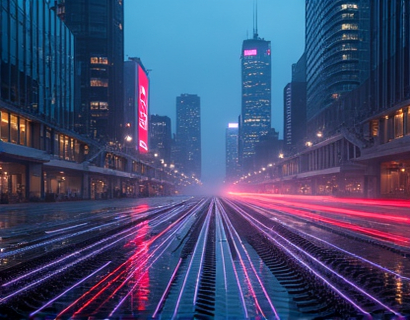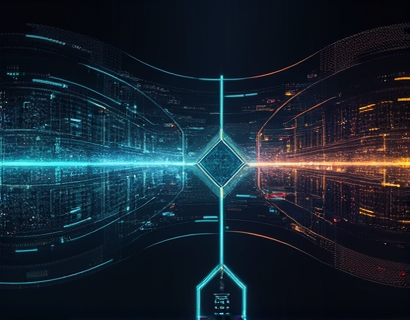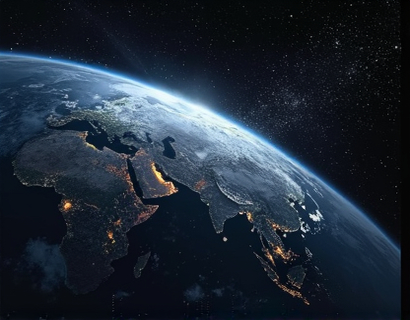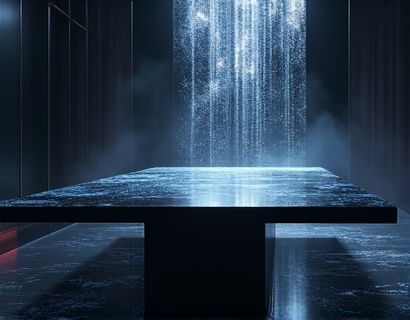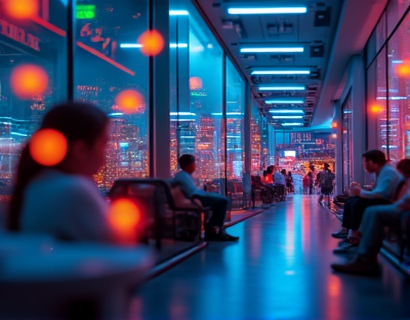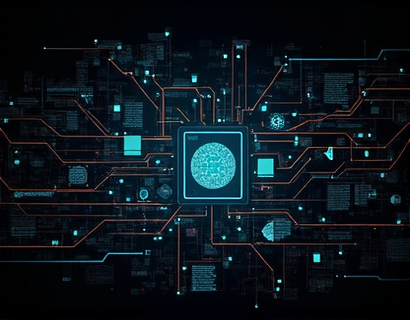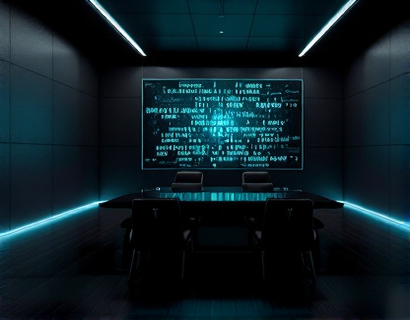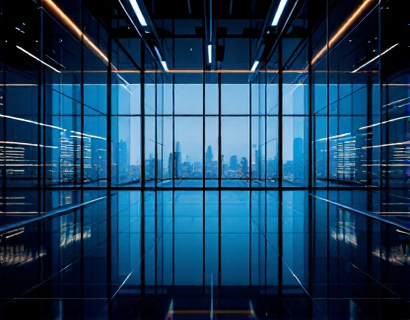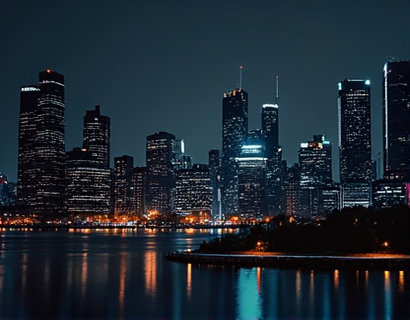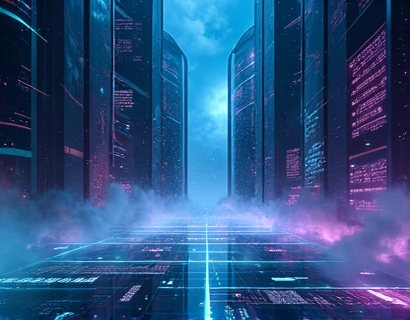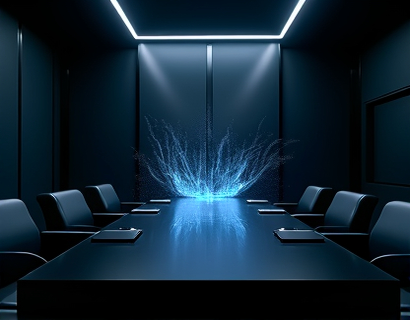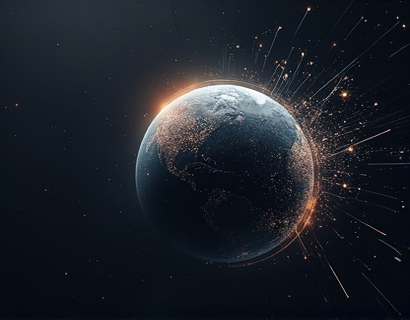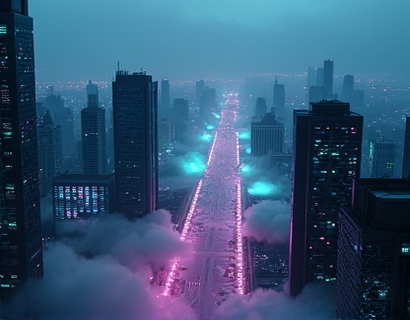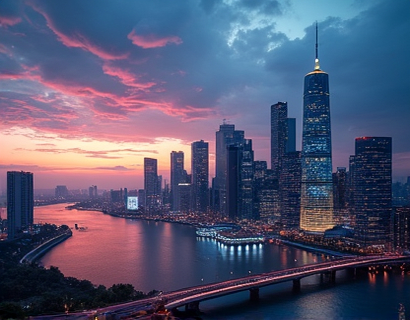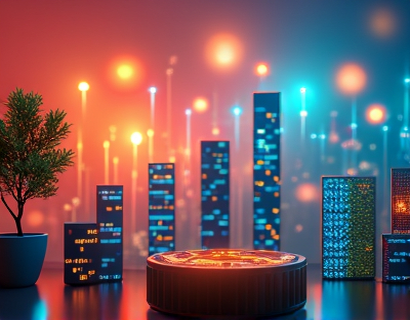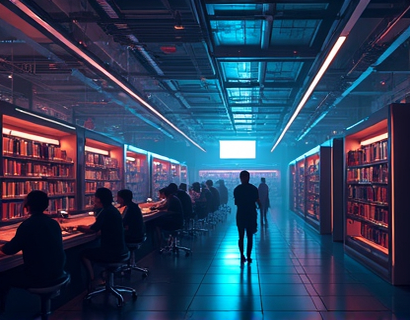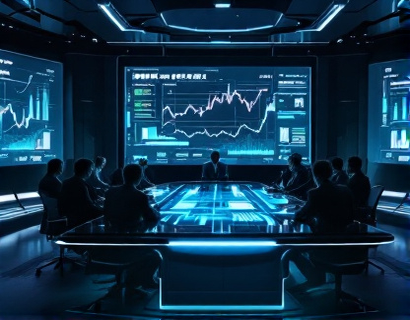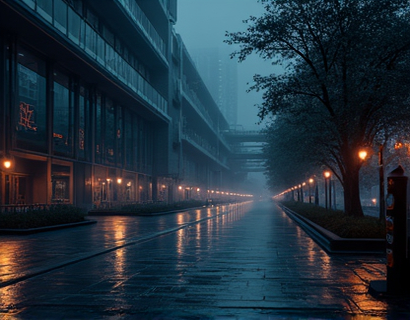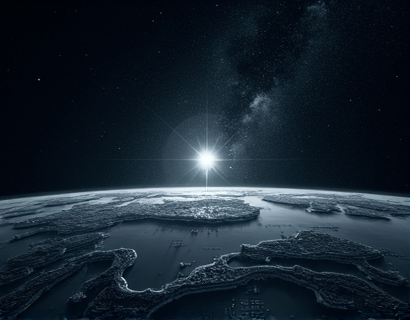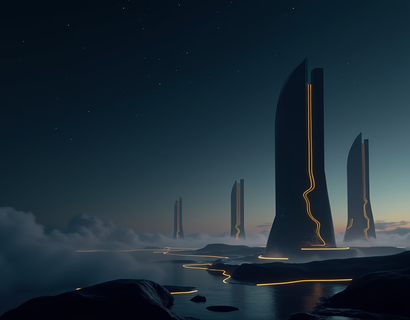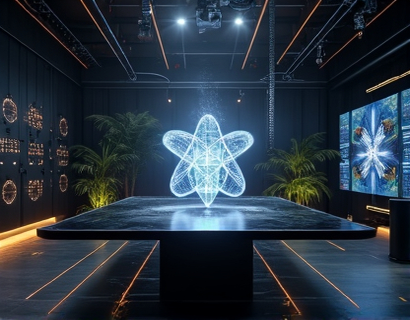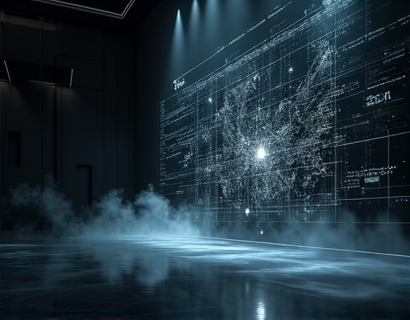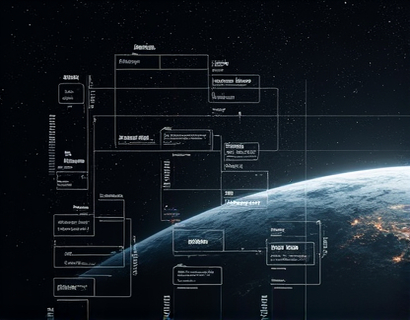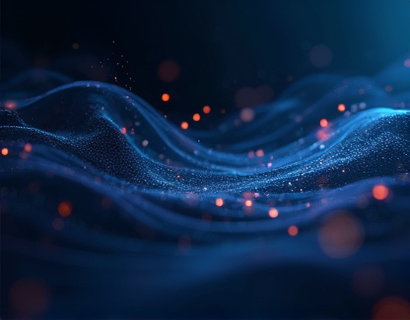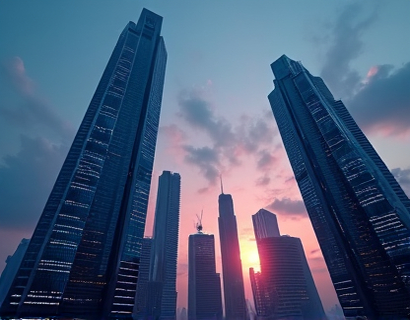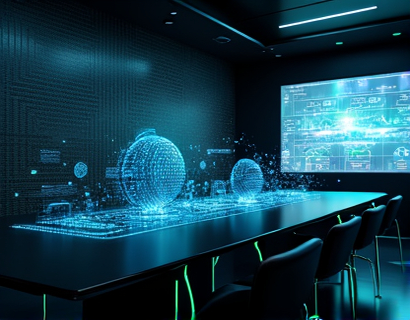Exploring Collaborative Digital Masterpieces: Unveiling Creativity and Innovation in the Digital Realm
The digital age has ushered in a new era of creativity and innovation, where the boundaries of traditional art forms are constantly being redefined. This article delves into a curated collection of groundbreaking digital episodes that exemplify the pinnacle of collaborative creativity and technological advancement. These episodes offer a unique glimpse into the future of shared storytelling and the endless possibilities of digital collaboration, making them a must-read for digital content enthusiasts and trendsetters passionate about the evolving landscape of interactive media.
The intersection of art and technology has given rise to a new genre of digital storytelling, one that leverages the power of collaboration to create immersive and interactive experiences. These collaborative digital masterpieces are not just static pieces of art but dynamic, evolving narratives that engage audiences on multiple levels. By exploring these episodes, we can gain insights into the creative processes, technological tools, and collaborative strategies that are shaping the future of digital content.
The Evolution of Digital Collaboration
The concept of collaborative digital creation is not new, but recent advancements in technology have significantly enhanced the scope and scale of such projects. Early forms of digital collaboration often involved small teams working on simple projects, limited by the technical constraints of the time. However, with the advent of cloud computing, advanced software tools, and high-speed internet, the possibilities have expanded exponentially.
Today, artists, designers, writers, and technologists from around the globe can come together in real-time to create complex digital works. Platforms that facilitate this collaboration range from simple project management tools to sophisticated virtual reality environments. These platforms enable seamless communication, shared resource access, and simultaneous work on various aspects of a project, breaking down geographical barriers and fostering a truly global creative community.
Case Studies of Collaborative Digital Masterpieces
To illustrate the current state of collaborative digital creativity, let's examine several notable episodes that stand out for their innovation and impact.
The first episode we explore is a virtual reality experience created by a diverse team of artists and programmers. This project, titled "Echoes of the Future," transports viewers into a futuristic cityscape where they can interact with the environment and influence the narrative. The team used a combination of 3D modeling, real-time rendering, and AI algorithms to create a deeply immersive experience. The collaboration involved artists focusing on visual design, programmers developing the interactive elements, and sound designers crafting an audioscape that responds to user actions. The result is a cohesive and engaging story that pushes the boundaries of what is possible in virtual reality storytelling.
Another compelling example is a web-based interactive novel that combines text, images, and user choices to create a unique narrative for each visitor. This project, known as "The Choice," was developed by a collective of writers, designers, and developers. The team used a branching narrative structure, where user decisions at key points in the story lead to different outcomes. The creation process involved extensive planning to ensure that each branch was coherent and engaging. The use of JavaScript and server-side scripting allowed for dynamic content generation, making the experience feel personalized and dynamic. This episode highlights the power of collaboration in crafting complex, user-driven narratives.
Technological Tools and Platforms
The success of these collaborative digital masterpieces is deeply rooted in the technological tools and platforms that enable such creativity. One such platform is a cloud-based collaboration suite that provides a centralized workspace for team members to contribute and manage their parts of the project. This suite includes features like version control, real-time editing, and integrated communication tools, which are essential for maintaining efficiency and cohesion in large-scale projects.
Another critical tool is a virtual reality development environment that simplifies the creation of immersive experiences. This platform offers a user-friendly interface for designing 3D environments, animating objects, and scripting interactions. It also supports multi-user collaboration, allowing team members to work on different aspects of the VR experience simultaneously. The use of such specialized tools has democratized the creation of high-quality digital content, making it accessible to a broader range of creators.
Challenges and Opportunities
While the potential for collaborative digital creativity is immense, there are several challenges that creators face. One of the primary challenges is the need for strong communication and coordination among team members, especially when working across different time zones and cultures. Effective project management and clear role definitions are crucial to overcoming these hurdles.
Another challenge is the technical complexity involved in merging different creative elements into a cohesive whole. This requires a high level of technical proficiency and often necessitates the use of specialized software and hardware. However, the rapid advancement of technology is continually addressing these issues, making it easier for creators to focus on the artistic aspects of their work.
Despite these challenges, the opportunities for innovation and creative expression are vast. Collaborative digital projects have the potential to reach global audiences, fostering a sense of community and shared experience. They also provide a platform for underrepresented voices to contribute to the creative landscape, enriching the diversity of digital storytelling.
The Future of Collaborative Digital Creativity
Looking ahead, the future of collaborative digital creativity is bright and full of possibilities. Advancements in artificial intelligence, augmented reality, and blockchain technology are set to revolutionize the way we create and experience digital content. AI can assist in content generation, personalization, and even the management of collaborative projects, freeing up creators to focus on higher-level creative decisions.
Augmented reality (AR) is another area with immense potential, offering new ways to blend the digital and physical worlds. AR experiences can be triggered by real-world environments, creating a seamless and interactive storytelling experience. The integration of AR with collaborative platforms will enable creators to design and share experiences that are deeply rooted in the physical world, opening up new avenues for engagement and interaction.
Blockchain technology, with its decentralized and secure nature, can play a significant role in the distribution and monetization of digital content. It can ensure that creators are fairly compensated for their work and provide transparent tracking of content ownership and usage rights. This can help sustain the creative ecosystem by ensuring that artists and collaborators are rewarded for their contributions.
Conclusion
The exploration of collaborative digital masterpieces reveals a vibrant and dynamic landscape where creativity and technology converge to produce innovative and impactful works. These episodes not only showcase the current state of digital collaboration but also point towards a future filled with endless possibilities. As technology continues to evolve, the potential for new forms of collaborative storytelling will only grow, offering exciting opportunities for digital content enthusiasts and creators alike.




